* ESC - закрити вікно пошуку
Best Book Design Contest
Crafting identity: A Ukrainian designer’s quest for visual authenticity in a post-colonial landscape
20.11.2023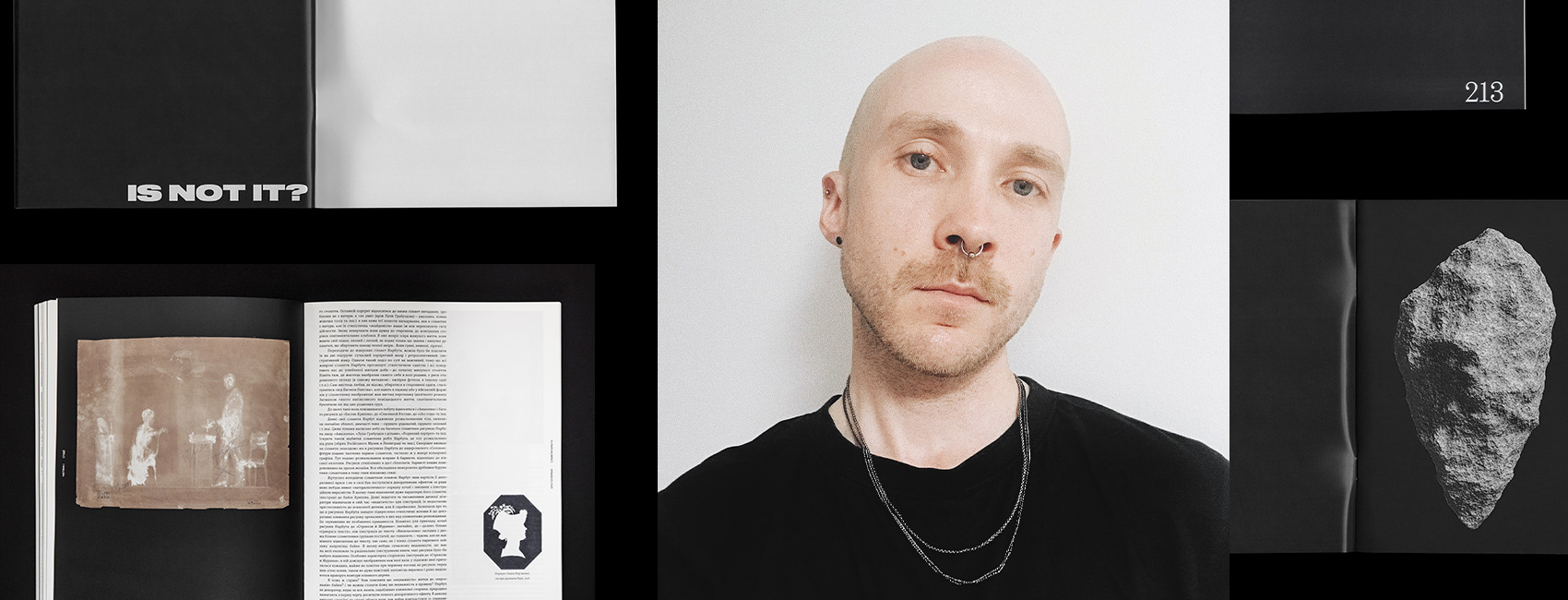
What is the current state of book design amidst war and scarce resources? Will readers invest in photo books or art books, considered luxuries rather than essentials? What motivates the publication of a photo album featuring 1,000 different covers? How does a paper book stand out in the digital era? These questions and more will be explored in our discussion with Sasha Bychenko, founder and creative director of Kultura Studio, an accomplished book designer, and a recipient of the national Best Book Design Contest award.

Chytomo: Before the full-scale invasion began, were art and photo books widely appreciated in Ukraine? How do you see the development of niche art editions?
Sasha Bychenko: In terms of the number of titles, the Ukrainian market for art and photo books is quite smaller compared to those in other European countries.However, if we look at the dynamics of the last 5-10 years, we’ll notice significant progress. Rodovid Publishing House laid the foundation for this genre in Ukraine for around 30 years, focusing mainly on books and albums that celebrate Ukrainian visual culture. Rodovid stands out as the first Ukrainian publisher to consistently release visual books by emerging Ukrainian photographers and artists and to actively promote their work in Europe and America through international fairs and photo book festivals.
If we extrapolate this tendency into the future, after our victory, I see no reason why there would be a decline of interest in visual books. Quite on the contrary, today, in the post-internet era, the paper book has changed its function and is more of an object for aesthetic pleasure and new sensory experience. We are living amidst the war now, and will have to comprehend this new experience, interpret and integrate it into our everyday life after the victory. What art will look like after Bucha, Mariupol, Kharkiv? I don’t know. However, I have no doubt that the work of artists expressed in books will become one of the first tools for understanding our new world.
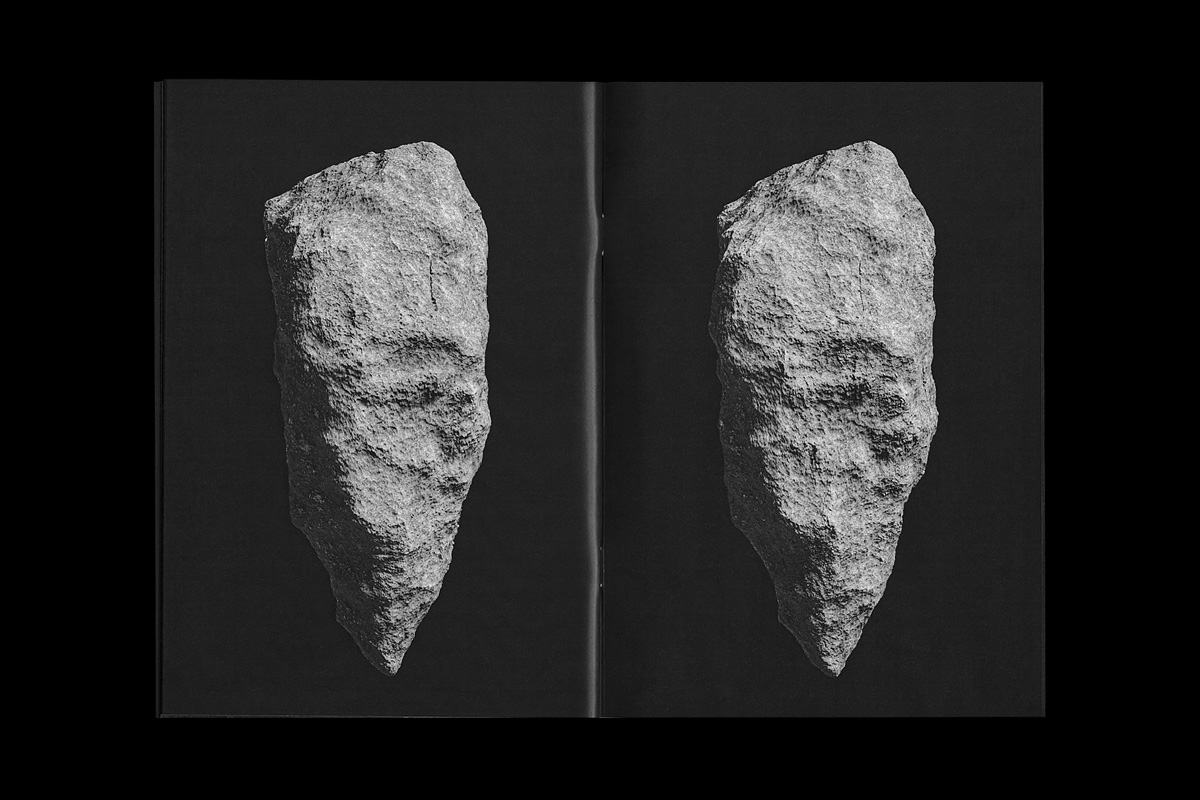
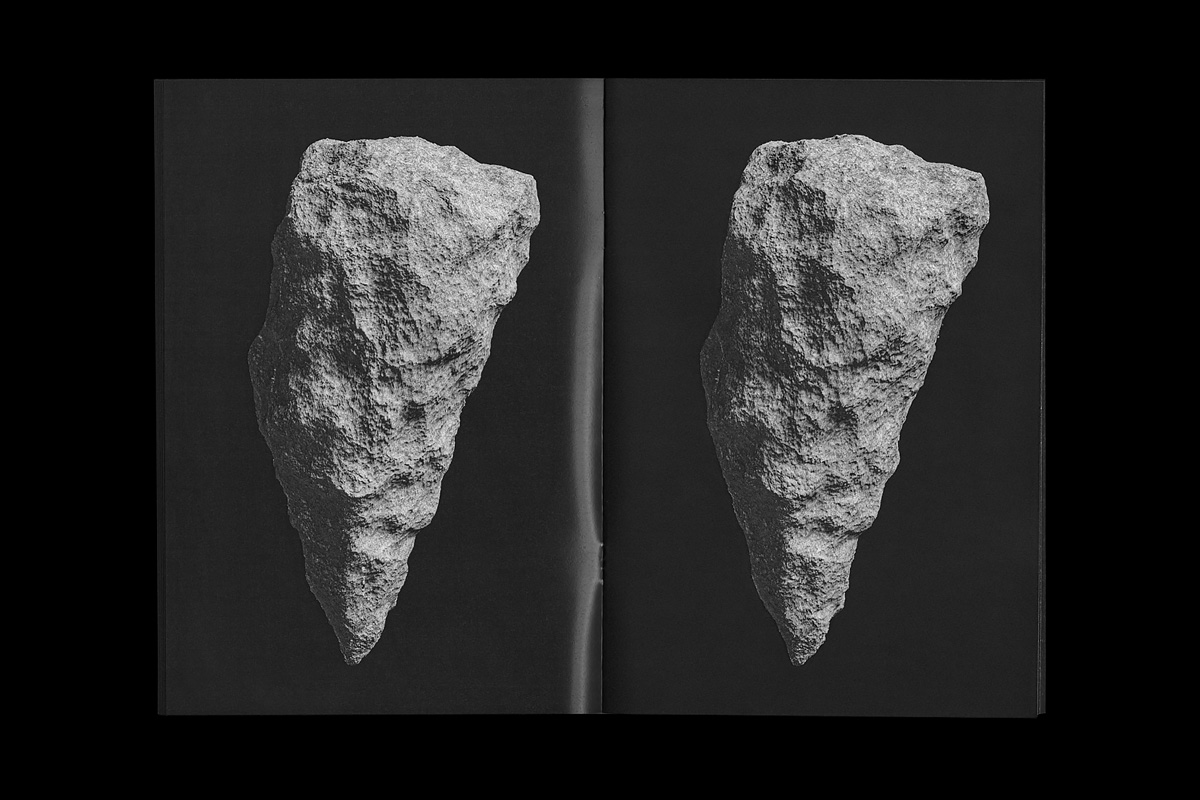
RELATED: Five feminist zines and artbooks about
Chytomo: Over the last decade, what events have shaped the design and illustration industry?
Sasha Bychenko: The ban on Russian books in Ukraine—partial starting in 2014 and becoming total in 2022, following Russia’s full-scale invasion—has been significant. True, many Russian books contained propaganda, manipulation, or were simply of poor quality. However, for a long period, two or three Russian publishers occupied a space that was nearly vacant in Ukrainian publishing, focusing on professional humanities nonfiction. This included classical and contemporary analyses in contemporary art, curatorship, architecture, urbanism, technology and media
Since 2014, I have been observing that the niche books I personally needed were being published in Ukraine, well-translated and beautifully designed. Small independent publishing houses emerged in Ukraine as an ultimate result of the ban. Instead of great markets, they primarily focus on a niche audience and pay significant attention to the quality of design and book culture in general. This, first of all, is not something businessmen, but enthusiasts who are in love with their work and know this field, do.
The Best Book Design Contest by the International Book Arsenal Festival, which has been held since 2016, is crucial for the industry. Initially, it was probably an event only for designers, but publishers quickly realized that good design helps to earn money and attract media attention, and step by step they started treating good (and expensive) design not as a luxury they can do without, but as a profitable investment.
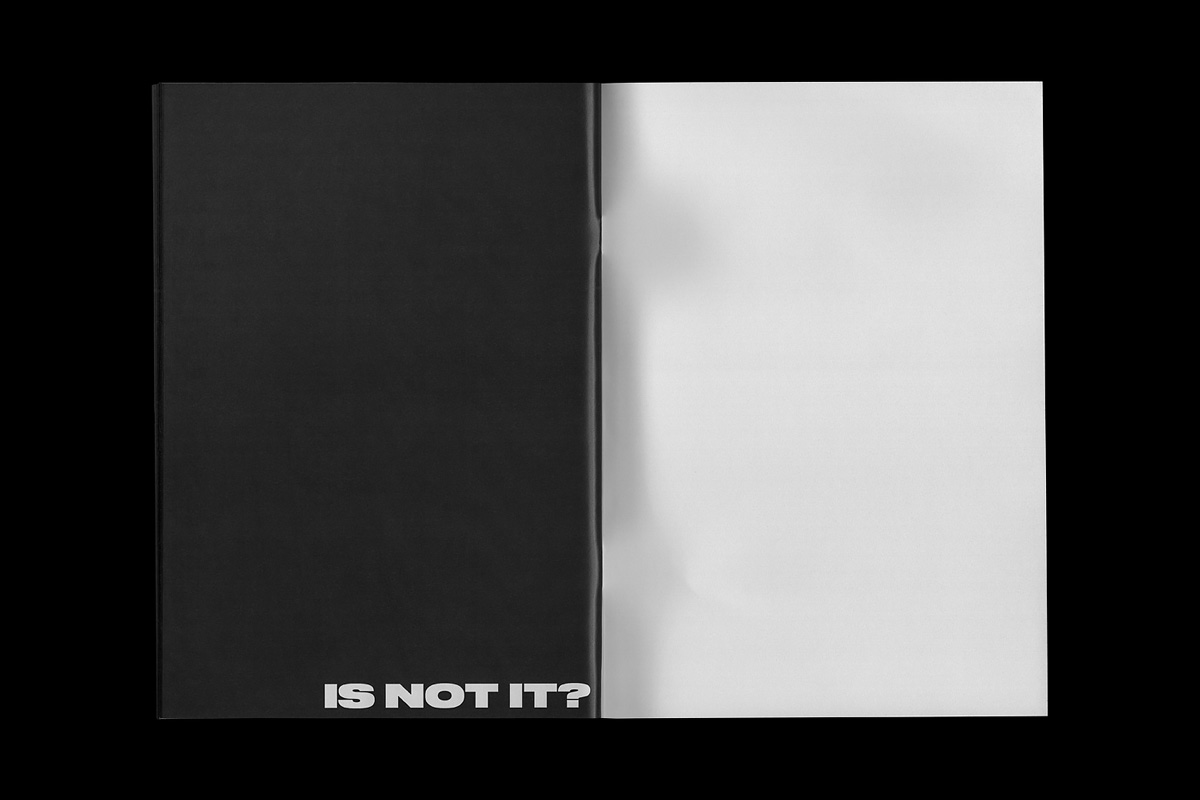
Chytomo: You and your teams have won the Visual Book category of this contest twice: for “From Dusk Till Dawn” by Sergey Melnitchenko and for the collection featuring Fedir Ernst, Stefan Taranushenko, Erich Hollerbach, Volodymyr Sichynsky, among others, titled “NARBUT. Studios. Memoirs. Letters.” You created 1,000 unique covers for your latest book. What inspired this concept?
Sasha Bychenko: In 2020, at the behest of Rodovid Publishing House, we undertook the design for “NARBUT. Studios. Memoirs. Letters (Reconstruction of the ‘Narbut Collection’ destroyed in 1933),” showcasing the legacy of Georgy Narbut, a leading Ukrainian graphic artist and designer from the early twentieth century. The history of the Narbut Collection is fraught with challenges: soon after its release, it faced Soviet censorship, leaving only two incomplete copies, sans covers, to the present day. The original collection’s exact contents and text remained a mystery, necessitating a project of reconstruction enriched with new, including visual, materials.
We faced the complex challenge of conveying this story to contemporary readers while honoring and delicately handling the legacy of the artist, the collection’s history, and the era as a whole. Emboldened to undertake something unprecedented in Ukraine, we decided to print the first edition—1,000 copies—each with a unique cover that would never be replicated. To achieve this, we developed a software algorithm that used the artworks featured in the book, combining them into collages. This algorithm varied the images’ selection, quantity, placement, and size for each cover.
RELATED: Book Forum 2022 design wins prestigious Red Dot Design Award
We are in love with books and constantly ask ourselves what can a contemporary paper book be as a design object in the post-digital world? Total personalization, to which we have made only one tiny shaky step, is one of the possible replies.
A challenge for us as designers is to understand what kind of added value we can bring to this object in a way that does not destroy the story itself, but enhances it.


Chytomo: What are the primary challenges facing Ukrainian book design today?
Sasha Bychenko: The foremost issue is the absence of contemporary and high-quality higher education in this field. Additionally, those in creative professions find themselves particularly vulnerable and unprotected. While this is a global trend, with creative workers becoming the new proletariat, it’s acutely felt in Ukraine due to our nascent creative economy. This vulnerability is even more pronounced amidst the full-scale invasion, at a time when creative economy products represent a viable export option.
And there’s also a lack of clear and relevant strategy for the development of creative industries and businesses. I wouldn’t even stop on the topic of visual trends, tastes, typography and illustration. Russians are our biggest problem at the moment, and matters only what helps our army.
Chytomo: What impact did war have on workers of creative industry and designers in Ukraine?
Sasha Bychenko: Horizontal connections became short and strong. Small or larger professional communities were organized quickly, with their members working remotely and coordinating in online chats. Only one of these communities, organized by my colleagues and me, grew up to 1,500 active members in two days. It was a kind of rapid design board: those who needed help posted a request, and those who could help responded and worked directly as a team. Most of the materials created by the participants were uploaded to a common database and others could use and distribute them on their channels and social networks. There were and are quite a few such initiatives.

Chytomo: Have the war’s conditions influenced the variety of books available? Perhaps there’s been a move towards simpler designs due to financial constraints? Are publishers opting for more subdued formats, considering the current climate doesn’t favor vibrant and playful aesthetics? Have there been any notable shifts in printing techniques?
Sasha Bychenko: The design itself has not changed fundamentally. But something has dramatically changed. We started to take a greater interest in our own culture and roots, looking for what makes us different from others and what makes us similar. We’re delving into the essence of what it means to be ourselves.
Facing limited resources for production, such as paper and ink, alongside rising costs necessitating simplification, doesn’t inherently lead to poor design. In fact, it’s quite the opposite. Design originated with the rise of capitalism as a means to enhance the value of simpler, more affordable products, maximizing the potential of the materials at hand.
While reviewing a series of books with minimalistic covers—just fonts but executed with finesse and precision—a colleague of mine (who isn’t a designer) wondered if this was a cost-saving measure on design. The reality is quite the opposite. Achieving such design requires more skill and effort, even though it uses only two colors instead of four, employs basic paper, and relies on typographic composition rather than illustration. Yet, the result is striking, elegant, and stylish. Despite our resources being limited, such a product can command a higher price. The reason? The value added through design.
Profession of a designer is not as noble as it seems. On the one hand, you have convenience, aesthetics, needs of users, care and inclusiveness. And on the other — dark patterns, manipulation by customers, advertising, emotional pressure, business needs versus user needs.
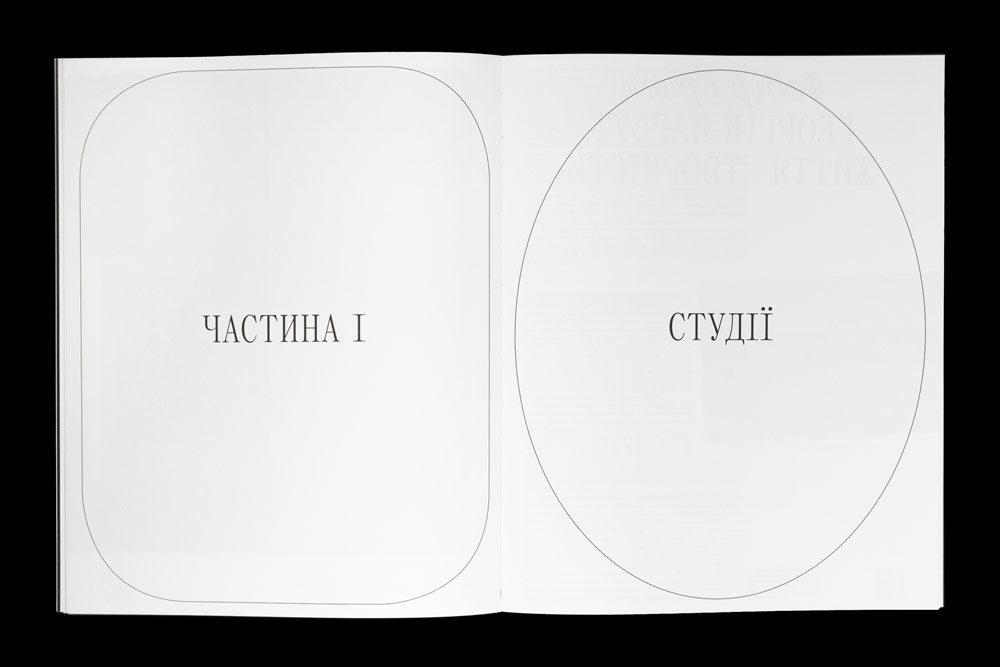
RELATED: Exploring Ukraine’s bookmaking heritage: a virtual journey through the Museum of Book and Printing
Chytomo: In the realm of design, should our focus be on international styles, or is there value in cultivating our own distinct identity?
Sasha Bychenko: In the current landscape, we’re less about embodying national schools and more about being part of specific communities. Given that individuals possess multiple identities, our professional circles—where each member often belongs to several—can blend with a variety of other identities. Identifying with a national school, in whatever form that might take, is just one aspect of our broader identity
This diversity does not erode, but strengthens our identities, and our horizontal impacts on each other are more intense and nourishing than ever.
In Ukraine, with the process of comprehending our history as a post-colonial country, society is paying even more attention to our own history, identity and culture. I, just like many of my colleagues, am currently in the active process of finding our own — Ukrainian — visual identity. This means not only getting to know our visual history and visual codes better, but more importantly, finding ways to integrate them into our own professional practice and products.
This article is part of “Chytomo spotlights:Ukrainian culture on and after frontline” project. The project is funded by the Stabilisation Fund for Culture and Education of the German Federal Foreign Office and the Goethe-Institut. goethe.de
This publication is sponsored by the Chytomo’s Patreon community
що більше читаєш – то ширші можливості

3569
Chytomo Spotlights
Amidst drone and missile attacks, Kharkiv publisher launches ‘Book Strongroom,’ a bomb shelter-bookstore, to preserve Ukrainian cultural heritage
15.12.2023 - Oleksandr Mymruk, Olesia Boiko
3616
Chytomo Spotlights
Kyiv Book Weekend: ‘Ukrainian book has gone beyond the “bubble” of well-known faces’
13.12.2023 - Mariia Horbach


